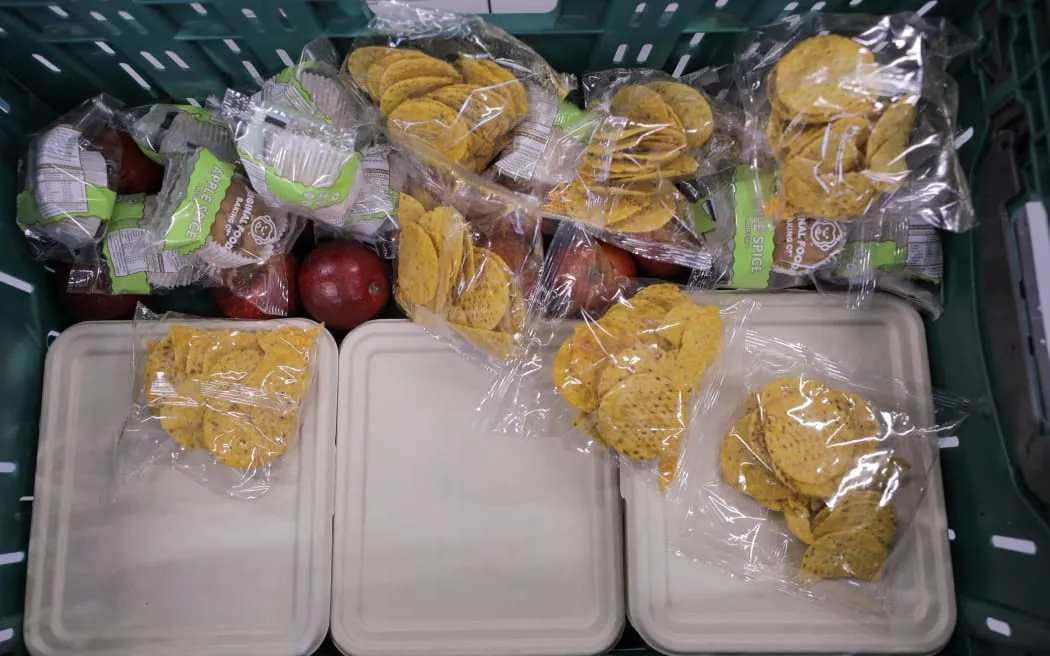The New Zealand Government’s Programme to Address Food Insecurity in Schools
====================================================================
In an effort to alleviate the financial burden of providing healthy food for families, the New Zealand government has introduced a school lunch programme that aims to improve public health and reduce stress on families. The programme addresses the problem of healthy food being too expensive for families by reducing grocery bills and the cost of living.
**The Programme’s Origins**
The programme was first implemented in 2019 with the goal of providing free or low-cost meals to students who would otherwise go hungry. The programme has since expanded to include a wider range of schools across the country.
**Impact on Families**
One whānau member said: “To prepare a healthy lunch takes time, we are hard [working] and [do] long hours [on the farm]. I actually look at this like a bit of ‘tax break’ – it’s a targeted tax break for the parents of kids.”
The programme has alleviated stress for many whānau by reducing grocery bills and the cost of living. The programme also provides an opportunity for families to employ members of their community, often older people, including kuia and kaumātua Māori.
**Positive Outcomes**
Public health nurses have noted anecdotal improvements in student health, with fewer cases of impetigo (school sores), headaches, malnutrition, constipation, and abdominal pain. Some instances of enhanced dental health have also been reported.
Schools using the internal model – where schools were funded to produce the food themselves rather than getting it from a third party provider – have appreciated the opportunity to employ members of their community. The programme has also grown local businesses, with many Māori businesses reporting increases in turnover and therefore the number of staff they can employ.
**New System for Centralised Funding**
The new system will work on a more centralised model, which the government says makes it far more cost-effective. This shift towards a more streamlined process aims to improve the efficiency and effectiveness of the programme.
**Recommendations from the Report**
The report made several recommendations, including:
* Using feedback loops from students to providers to improve or refine meals
* Considering further research to explore the long-term impact of providing school lunches on public health
* Encouraging schools to establish protocols and tikanga kai surrounding the meals
* Investing in producing standardised curriculum content that complements the programme, such as nutrition, sustainability, hygiene, and mātauranga Māori.
**Conclusion**
The New Zealand government’s school lunch programme has made a significant impact on public health and reduced stress on families. While there are still areas for improvement, the programme is an example of how government intervention can make a positive difference in people’s lives. By prioritising the well-being of children and providing them with access to healthy food, we can help create a healthier and more sustainable future for generations to come.
**A Call to Action**
The report highlights the importance of continuing to monitor and evaluate the programme’s effectiveness. It also calls on policymakers to take further action to address the systemic issues that contribute to food insecurity in schools. By working together, we can ensure that every child has access to healthy and nutritious food, regardless of their family’s income or circumstances.
**NGā Pitopito Kōrero: A Daily Newsletter**
Stay up-to-date with the latest news and developments on this topic by signing up for Ngā Pitopito Kōrero, a daily newsletter curated by our editors and delivered straight to your inbox every weekday.

0 Comments